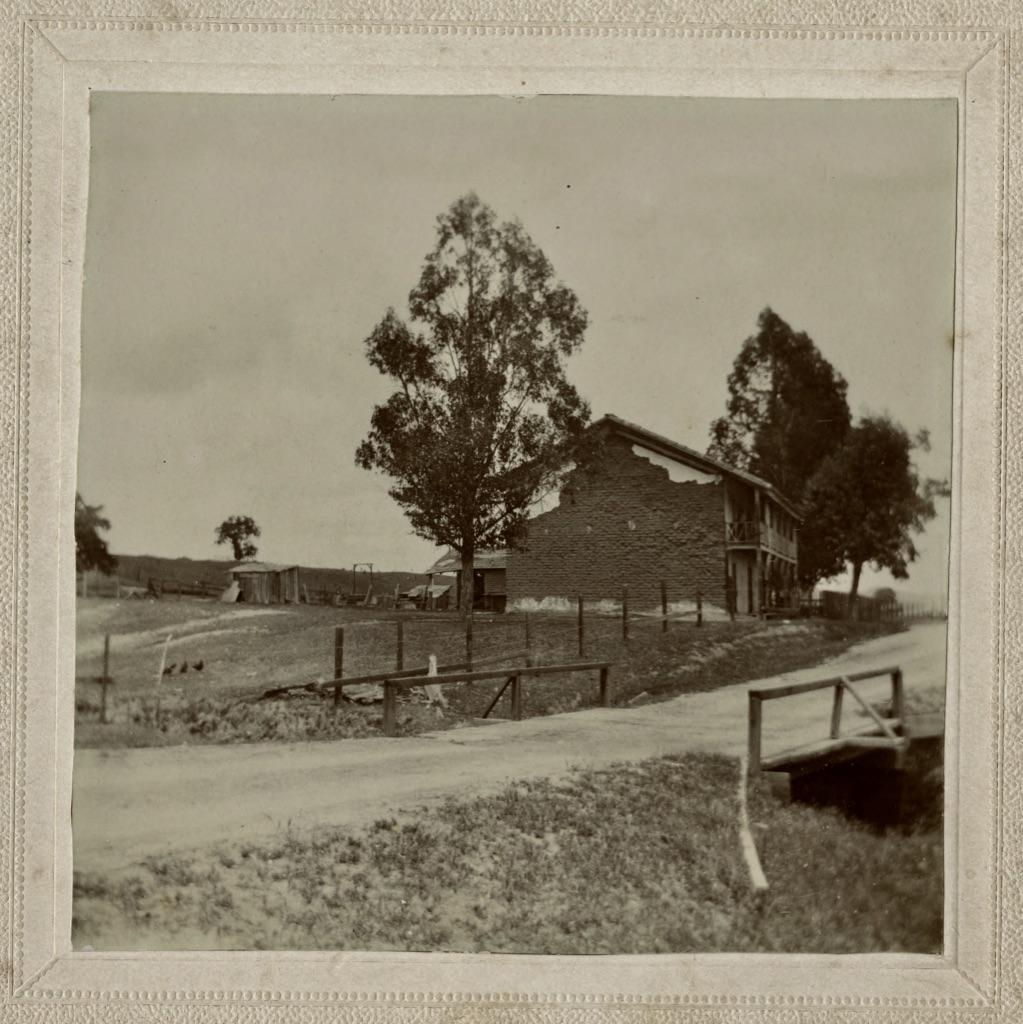July 31, 2019 Post:A Brief History of one of San Miguel's Historic Treasures
A brief history of one of San Miguel’s historic treasures:
Historic Rios-Caledonia Adobe
We begin with the period of pre-California history called secularization, when Spanish control of the San Miguel Mission and its land was confiscated by Mexico. The Mission lands were sold, given away or abandoned by the Mexican government. Petronillo Rios was a sergeant in the Mexican military and he was assigned with the building of a home for the family that would oversee the Mission lands. In 1835, with the help of Salinan Indian workers, they constructed a two story adobe building to house the overseer’s family.
Following the Mexican American War (1846-48), the government of the United States took possession of California. That meant the Adobe, and other former mission land ( except the missions themselves) was sold as private land.
Over the years, the Adobe was sold and resold many times and had many uses as well as owners tried to make a living. The road on the east side of the Adobe that had previously been used as a walking and horseback road between the Missions became a stagecoach route. In 1860 and the Adobe became an Inn and Stagecoach stop for 26 years until the arrival of the railroad. At that time the use of the building again
changed with various owners and various uses. In the early 1900’s the Nygren family owned the Adobe as their home and family farm. Then in 1915, the stagecoach road became highway 101, part of the original El Camino Real.
In 1923 Mr.Charles Dorries, being very impressed with the Adobe structure and its history, purchased the Adobe from the Nygren family with the dream of making it into a museum. During the many years Mr. Dorries owned the land he made many improvements and additions and was also able to reach his dream. However, in the early 1950’s he was in a serious car accident and was never able to return to his “Historic Adobe” that he loved. The Adobe was abandoned and vandalized.
It was not until 1968 that the County of San Luis Obispo was able to purchase the land, and with the help of the Friends of the Adobes, Inc., restore the Adobe. Together they continue to maintain and update the Museum and its site.
changed with various owners and various uses. In the early 1900’s the Nygren family owned the Adobe as their home and family farm. Then in 1915, the stagecoach road became highway 101, part of the original El Camino Real.
In 1923 Mr.Charles Dorries, being very impressed with the Adobe structure and its history, purchased the Adobe from the Nygren family with the dream of making it into a museum. During the many years Mr. Dorries owned the land he made many improvements and additions and was also able to reach his dream. However, in the early 1950’s he was in a serious car accident and was never able to return to his “Historic Adobe” that he loved. The Adobe was abandoned and vandalized.
It was not until 1968 that the County of San Luis Obispo was able to purchase the land, and with the help of the Friends of the Adobes, Inc., restore the Adobe. Together they continue to maintain and update the Museum and its site.
Comments
Post a Comment